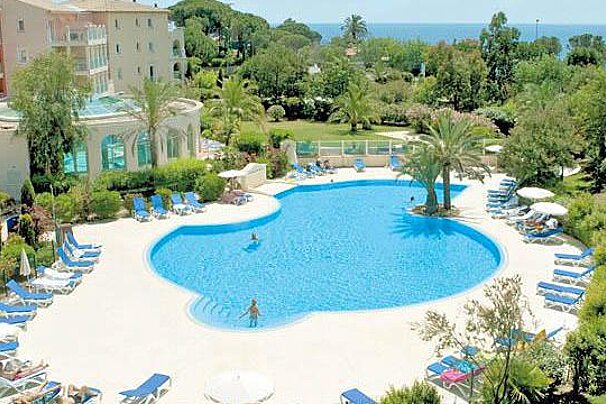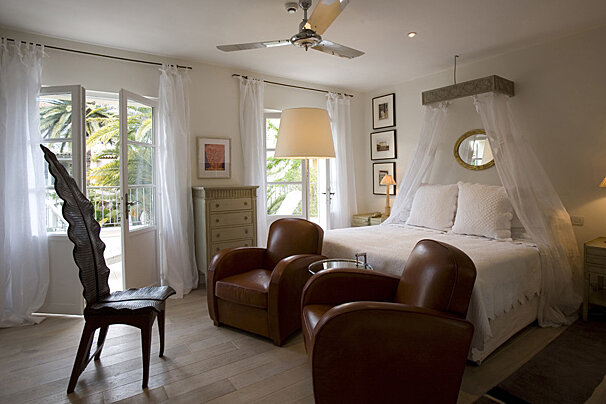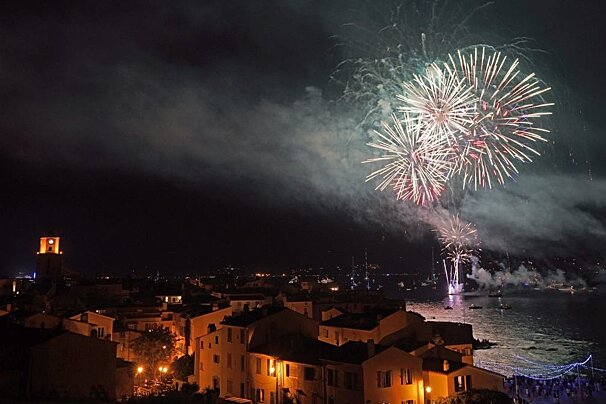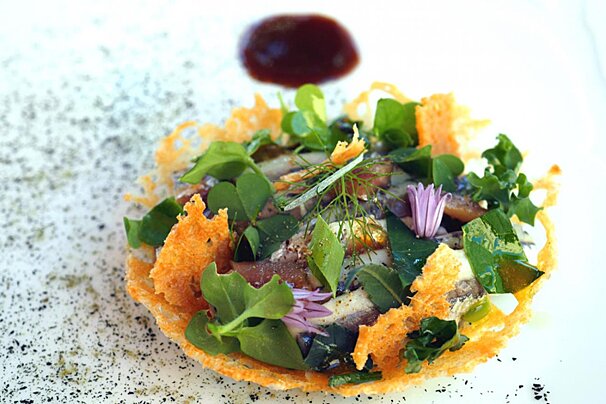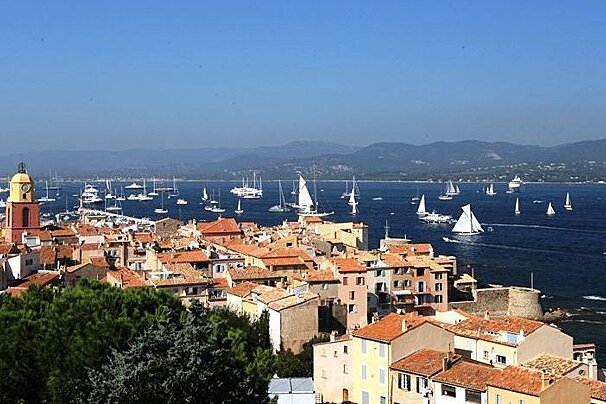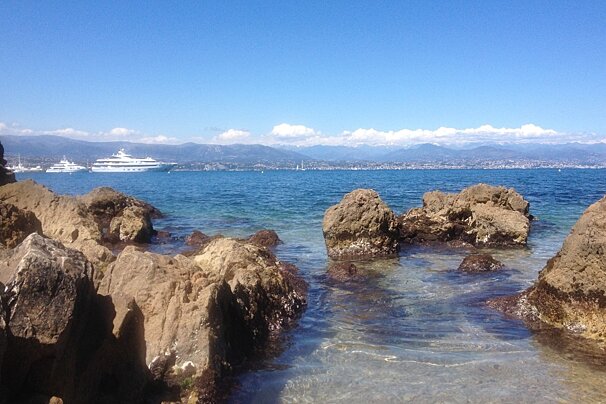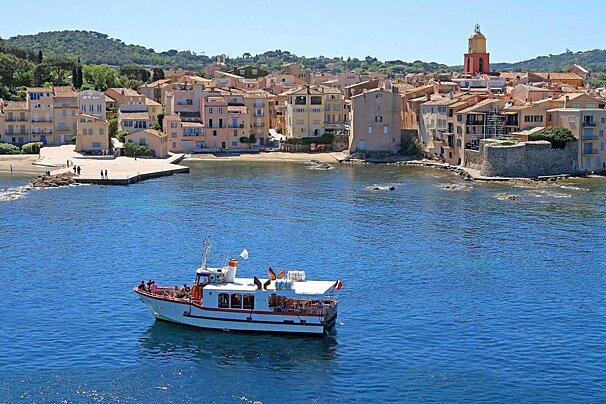
Mimosa Blossom Festival
The first blossoming of the Mimosa trees in Provence
After the dark month of December, the first sign of new life, a prelude to spring, is the blossoming of the mimosa trees. In southern Provence, you can see the flowers appear already in January. In February, the blossoms reach their peak. Against the backdrop of the still barren oak and chestnut trees, the mimosa stands out in its golden beauty.
In celebration, many towns host a mimosa festival, but the most famous takes place in, where else, Bormes-les-Mimosas (see map). There, every year on the third weekend of February a mimosa Corso is held, attracting thousands of visitors. This year we decided to be there, too.
Approaching the town, it became clear that we were to join a mass of spectators. Parking was difficult, to say the least, and at best a few kilometers away from the town. After a steep climb, we discovered that we had to pay 30F just to enter the village! There we tried to position ourselves among the many, lining the streets, and get the best spot for a picture or two. It wasn't easy.
After a long delay, the floats appeared to everyone's delight. They were a labor of love with the local children very much in the center. In between, jazz bands paraded and performed. At every stop, and there were many with the difficult turns in the narrow roads, people danced to the music.
In the meantime, we had done a bit of homework. In blissful ignorance, we thought there were just two kinds of mimosas in Provence: the wild species that proliferates like wildfire and the cultivated Mimosa quatre saisons that blossoms all year round. We were wrong. There are more than 1200 species of mimosa. Many were brought over to Provence in the 19th century from Mexico and Australia. A Provençal site to find out more is the horticulist and producer: http://www.pepinierescavatore.com
The area in and around Bormes is especially conducive to the blossoming of the trees. Close to the Mediterranean sea, it enjoys a mild climate in winter, a micro-climat. In 1968 the town was allowed to add les-Mimosas to its name. Beyond the many visitors in January and February, it enjoys a steady influx of tourists all year round. Unless you're fond of crowds and very patient, our advice is to avoid the festival and visit Bormes in spring or fall.




